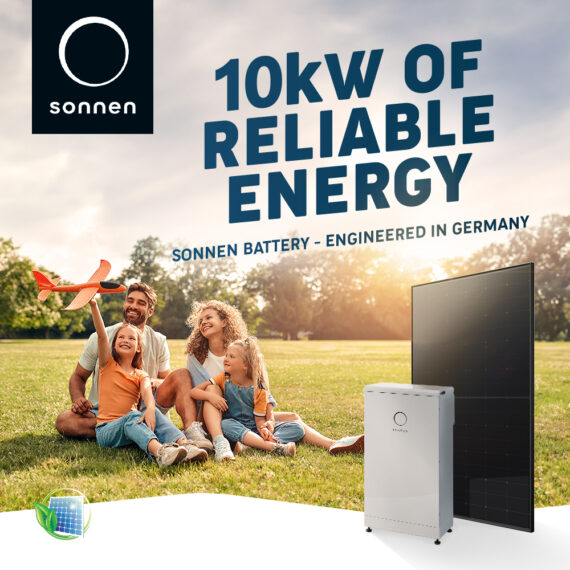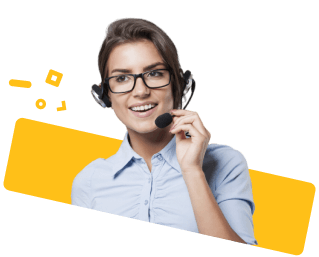G’day! Brenton Hielscher here, your friendly neighborhood solar expert from Cairns. Today, we’re going to learn about the different types of solar panels. Whether you’re a seasoned solar enthusiast or a curious newcomer, this post is your ultimate guide to understanding the different types of solar panels and their unique advantages.
With the increasing demand for renewable energy, solar power has emerged as a viable solution for homeowners and businesses alike. However, with a variety of options available, it can be overwhelming to choose the right type of solar panel for your specific needs. That’s where I come in. As a solar expert with years of experience, I’ve witnessed firsthand the incredible benefits that solar panels bring. In this comprehensive guide, we’ll delve into the three main types of solar panels: monocrystalline, polycrystalline, and thin-film.
We’ll explore their construction, efficiency, durability, and suitability for different applications. By the end of this post, you’ll have a solid understanding of each type, enabling you to make an informed decision when it comes to installing solar panels.
So, get ready to discover the power of the sun and join me on this enlightening journey into the world of solar panels!

🌞 Save Money and Electricity 🌞
Get Solar Panels for Your Home!
🏠 Interested in solar panels? ☀️
Contact Hielscher Electrical and Solar now for a FREE onsite assessment and quote. Start saving today! 💰💡
Monocrystalline Solar Panels: The Premium Choice
First up, we have the monocrystalline solar panels, often recognised by their sleek, uniform, dark appearance. These panels are made from a single crystal structure, hence the ‘mono’ in their name. They offer the highest efficiency rates because they are made out of the highest-grade silicon. However, this high-quality performance comes with a higher price tag, making monocrystalline solar panel prices most expensive of the three types.
Pros of Monocrystalline Solar Panels:
- Higher Efficiency: Monocrystalline solar panels have higher efficiency ratings, converting more sunlight into electricity.
- Space Efficiency: They require less space due to their higher energy conversion efficiency, making them ideal for installations with limited space.
- Longer Lifespan: Monocrystalline panels typically have a longer lifespan compared to polycrystalline panels, providing more years of reliable energy production.
- Better Performance in Low Light Conditions: Monocrystalline panels perform better in low light conditions, ensuring consistent energy production even during cloudy days or mornings/evenings.
Cons of Monocrystalline Solar Panels:
- Higher Cost: Monocrystalline panels tend to be more expensive compared to polycrystalline panels, resulting in a higher initial investment.
- Manufacturing Complexity: The production process for monocrystalline panels is more complex, involving the growth of a single crystal structure, making them more challenging to manufacture.
- Heat Sensitivity: Monocrystalline panels are more heat-sensitive, which can affect their performance and efficiency during hot weather or high-temperature environments.
Polycrystalline Solar Panels: The Balanced Option
Next, we have the polycrystalline solar panels. Unlike their monocrystalline counterparts, these panels are composed of multiple crystal structures, giving them a unique blue, speckled look. While they may not match the efficiency of monocrystalline panels, they come at a more affordable price, making them a popular choice for many homeowners.
Pros of Polycrystalline Solar Panels:
- Lower Cost: Polycrystalline solar panels are generally more affordable than monocrystalline panels, making them a cost-effective option.
- Higher Efficiency in Low Light Conditions: Polycrystalline panels perform better than monocrystalline panels in low light conditions, such as cloudy days or early morning/evening hours.
- Less Energy-Intensive Manufacturing Process: The production of polycrystalline panels requires less energy, resulting in a lower carbon footprint compared to monocrystalline panels. Cons of
Polycrystalline Solar Panels:
- Lower Efficiency: Polycrystalline panels have a slightly lower efficiency compared to monocrystalline panels, meaning they generate less electricity per square meter.
- Larger Space Requirement: Polycrystalline panels require a larger surface area to generate the same amount of electricity as monocrystalline panels, making them less suitable for smaller rooftops.
- Lower Temperature Tolerance: Polycrystalline panels are less heat tolerant than monocrystalline panels, which can lead to a decrease in efficiency in extremely hot climates.
Thin-Film Solar Panels: A Specialised Alternative
Lastly, we have thin-film solar panels. These are the least efficient of the three, but they make up for it with their affordability and versatility. They can be made from a variety of materials, the most common being Cadmium Telluride (CdTe). Thin-film panels are lightweight and have a sleek aesthetic, but they require a lot of space, making them less ideal for residential use.
Pros of Thin-Film Solar Panels:
- Lightweight and flexible, making them easier to install and integrate into various surfaces.
- Can be produced at lower costs due to less material and energy requirements.
- Perform better in low-light conditions, making them suitable for cloudy or shaded areas.
- Less susceptible to temperature-induced performance degradation compared to crystalline silicon panels.
- Higher energy yields in hot climates due to better temperature coefficient.
Cons of Thin-Film Solar Panels:
- Lower efficiency compared to monocrystalline and polycrystalline panels, resulting in a larger installation area requirement.
- Degradation rate is higher, resulting in a shorter lifespan and reduced long-term performance.
- Lower energy density, requiring more surface area to generate the same amount of power.
- Less suitable for residential installations with limited roof space.
- Limited availability of thin-film technologies in the market compared to crystalline silicon panels.
Making the Right Choice
Choosing the right solar panel largely depends on your specific needs and circumstances. Consider factors like your budget, roof space, and energy consumption. If you’re after top-notch efficiency and don’t mind the cost, monocrystalline panels are your best bet. If you’re looking for a balance between cost and efficiency, polycrystalline panels are a great choice. And if you’re on a tight budget and have plenty of space, thin-film panels might just be the ticket.
Remember, mates, going solar is not just about saving on your energy bills; it’s about making a sustainable choice for our beautiful planet. If you need more advice on choosing the right solar panel or anything else solar-related, don’t hesitate to reach out. I’m here to help you navigate the solar spectrum!
Until next time, keep soaking up the sun!




